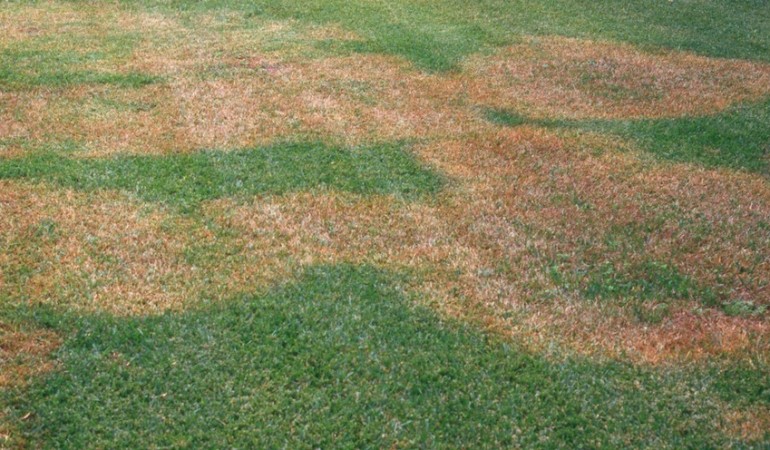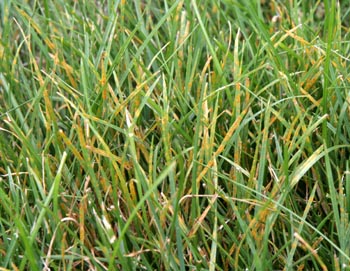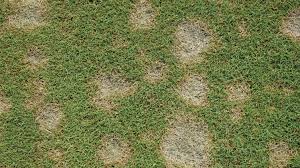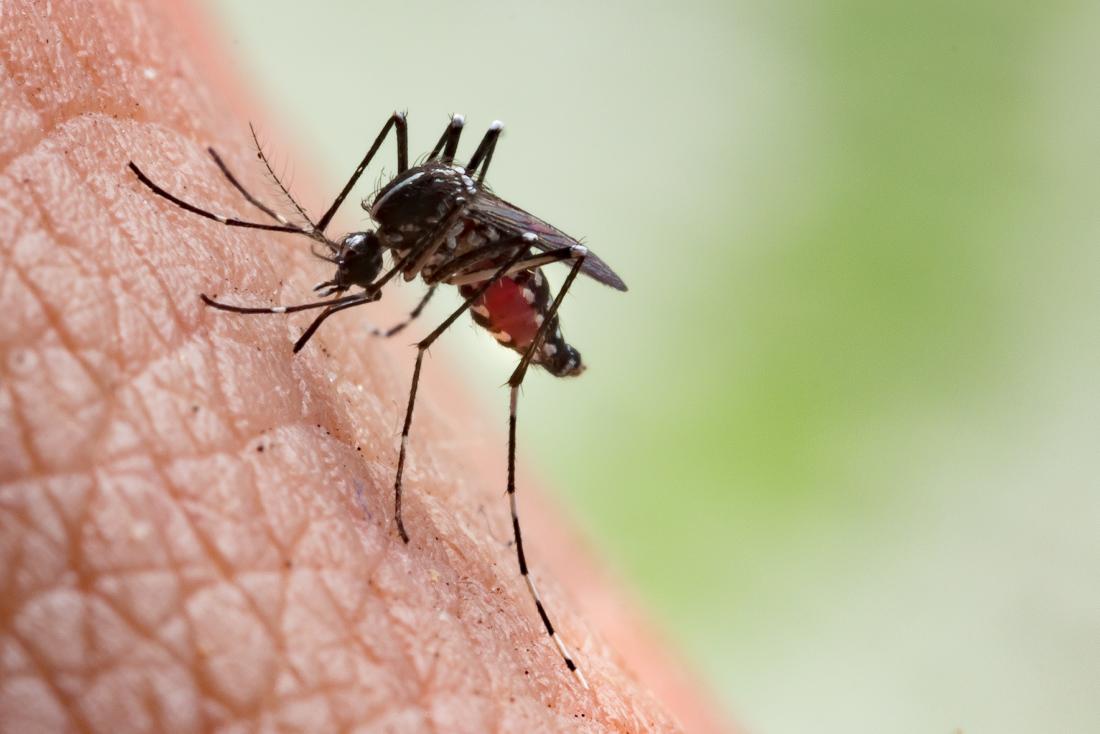Diseases aren’t the only thing that can wreak havoc on your lawn. New York State is home to a range of bugs, animals, and weeds that can pose a serious threat to your lawn’s health. If your lawn is struggling, it might be because of these:
Insects
There are a range of insects that can harm your lawn. These insects are divided into two categories: above and below ground insects. Above ground insects, such as Sod Webworms and Chinch Bugs tend to attack the exposed part of grass, while below ground insects attack the roots. Grubs and other below ground insects can cause a myriad of other problems, as you will see below.
Animals
Animals can also be a large cause of lawn damage. Animals like moles, crows, and skunks tend to burrow or tear up turf grass. The cause of this damaging behavior is the aforementioned grubs and below ground insects that infest lawns. These animals burrow or pick at your lawn trying to find their next meal. To reduce lawn damage, it is best to implement an effective grub management strategy.
Weeds
Weeds can also pose a serious threat to the health of your lawn, as they can crowd out good grass. Perennial weeds, such as dandelion or ground ivy, maintain a root system from which a new top emerges from every year. Annual weeds, like crabgrass, produce seeds that are stored in the soil and sprout in following years. The best way to avoid weed growth is maintaining overall lawn health by feeding your lawn.
If you need treatment for your lawn or an opinion from one of our professionals, we can help! For an estimate, give us a call at (585) 381-9000 or visit our website today!













